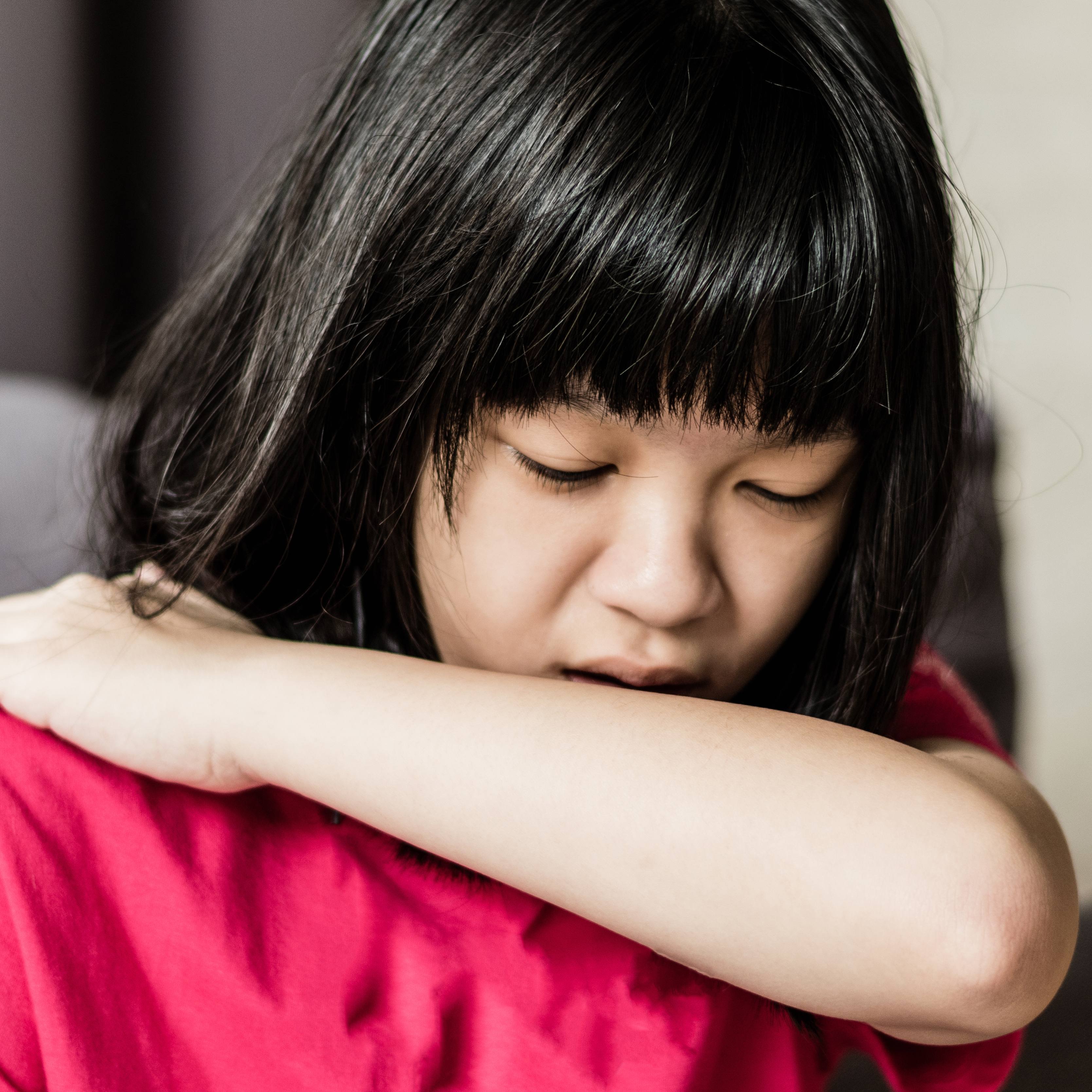-
COVID-19
Monoclonal antibodies: Update on this COVID-19 experimental therapy
Current experimental treatments for COVID-19 focus on two targets: the virus or the immune system. On the immune system side, the number of experimental treatments is growing. The vast majority are called monoclonal antibodies. This type of drug is not new, and many are currently approved to treat conditions such as cancer or rheumatoid arthritis. But some are being developed from scratch to boost the initial immune response for patients who are at risk of severe COVID-19 disease. These experimental drugs may provide patients with a way to get ahead of the virus and help manage the strain on hospital intensive care services. But what are monoclonal antibodies?

Antibodies versus Monoclonal Antibodies
Antibodies are Y-shaped snippets of protein made by the immune system. They have various functions, but basically, antibodies flag things the immune system needs to investigate. For example: When a virus invades a cell, it enters across through the cell’s membrane, takes over and makes copies. These copies are released from the cell to head out and infect other cells. As the virus travels, some of these bad actors trip an immune system “red alert.” After a series of events, immune system B cells transform into plasma cells and begin to churn out antibodies. Each B cell makes millions of copies of a single antibody.
When needed, each B cell will divide into two daughter B cells that are essentially clones of the parent. These clones produce the same antibody. Antibodies stick to specific parts of the virus, recognizing different targets on the virus particle. This response is called polyclonal ― "poly" because you have many different antibodies and "clonal" because each type of antibody comes from a set of cloned B cells. If an antibody sticks to a part of the virus in a way that prevents it from getting into the cell — like the spike proteins on SARS-CoV-2 — then they are called neutralizing antibodies.
Monoclonal antibodies are drugs. They consist of one (mono-) neutralizing antibody copied (cloned) in a lab and researched for usefulness against a specific disease or condition. Monoclonal antibody drugs can be used to boost the immune system's response or calm it down. They can be used alone or in combination with other monoclonal antibodies.

New for COVID-19: Bamlanivimab and Etesevimab
To find treatments for a new-to-human virus, researchers began examining antibodies from patients who recovered from COVID-19. They were looking to see which antibodies were responsible for neutralizing the SARS-CoV-2 virus. With that knowledge, they could choose candidates for a monoclonal antibody drug. The drug, bamlanivimab, which has received EUA approval is an example of this process.
According to work posted online in October 2020, in one instance the search began with a U.S. patient recovering from COVID-19. About 20 days after the person began having symptoms, the researchers— a mix of industry, academic, and government scientists — collected 5.8 million immune cells isolated from the patient's blood. These cells were screened for how well they attached to SARS-CoV-2 proteins. Analysis led to 2,238 cells of interest. Using databases containing the genetic sequence for antibody genes, that number was winnowed to 440. Further validation steps narrowed the best options until 24 remained. A month later, the authors had narrowed the options to one and a month after that, had filed an investigational new drug application with the U.S. FDA.
The first human dose was administered 94 days after the original sample was collected.
A similar process was undertaken by a different group of scientists and is documented in a Nature paper published May 26, 2020. That drug is now known as etesevimab.

Bamlanivimab and etesevimab target different parts of the SARS-CoV-2 spike, which is the "key" the virus uses to enter "locks" on human cells. In November 2020, bamlanivimab became the first monoclonal antibody in the US to gain an emergency use authorization for treatment of mild-to-moderate COVID-19 in patients at high risk for progression to severe disease. The drug, given by IV, was limited to patients age 12 or older with a positive COVID-19 test who had begun showing symptoms of the disease less than 10 days prior.
Emergency Use in a Time of Need
The authorization was based on a study, published in the New England Journal of Medicine, that found use of the drug helped decrease the amount of virus circulating in the body, as well as hospitalization. On February 9, 2021, the FDA reissued the bamlanivimab emergency use authorization, updating it to include the use of bamlanivimab in combination with etesevimab because two antibodies together are more likely to be effective against mutant virus strains than one antibody alone. In the authorization the FDA notes that viral variants that escaped control of the antibodies were found less often in patients who received the combo drug than who received bamlanivimab alone or placebo.
Casirivimab and Imdevimab
Another monoclonal antibody combo, consisting of casirivimab and imdevimab, is authorized for emergency use, as well. It, too, is used for mild illness in a person age 12 or older, who is at high risk for severe COVID-19 and has had symptoms for less than 10 days. And as in the previous examples, these drugs target the SARS-CoV-2 spike protein. The FDA's emergency use authorization is based on a study in which participants received either a high or lower dose of the drug combination or placebo. The effects were similar between doses, and the researchers report that viral load was reduced at day 7 after treatment compared to placebo. It also deceased emergency room and hospital visits within the 28 days after treatment. And, as with bamlanivimab/etesevimab, the hope is that a combination of monoclonal antibodies will be more active against viral variants.

What do Patients Need to Know?
Monoclonal antibodies are drugs that have been in use for 35 years in the United States. The first drug, intended to treat transplant rejection, is now joined by others to treat or prevent a range of illnesses, from bleeding disorders to Ebola to cancer. While the idea of monoclonal antibodies isn't new, it's important to note that these specific experimental therapies for COVID-19 are not approved by the FDA. These drugs are still in clinical trials and health care providers are given the option to use them due to the overwhelming need presented by the pandemic.
— Sara Tiner, February 17, 2021
To read a quick Q-and-A on monoclonal antibodies and bamlanivimab, see, "COVID-19 Experimental Antibody Treatment Reaches Patients."
To read about other experimental therapeutics click over to "Research into Experimental COVID-19 Therapeutics Explained."







